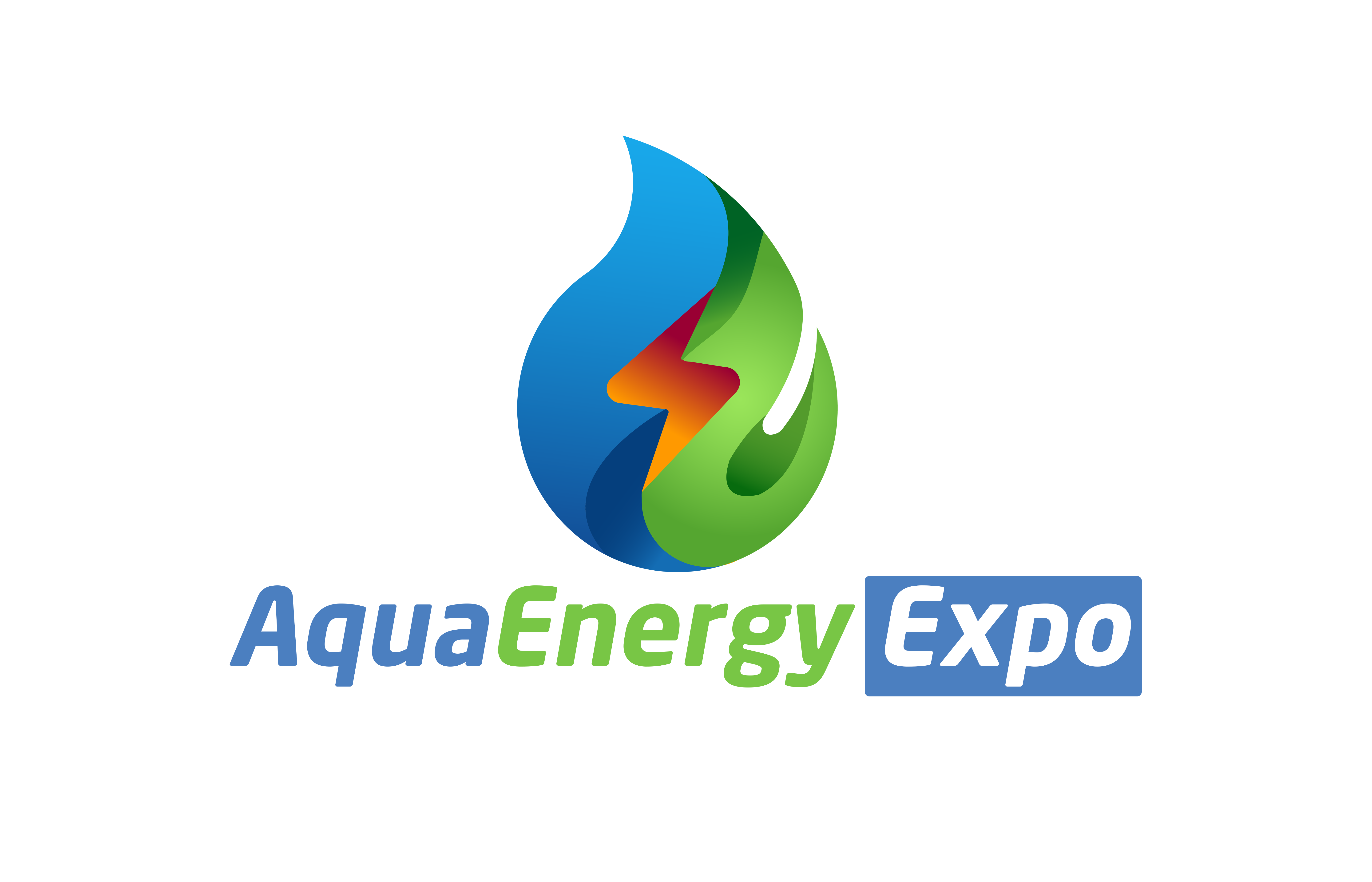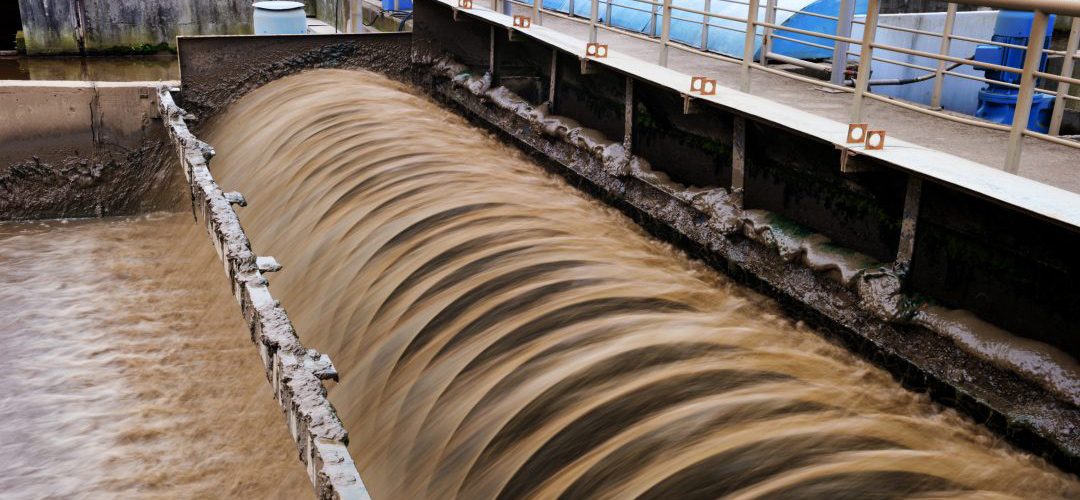- INTRODUCTION
Chemical precipitation in water and wastewater treatment is the change in form of materials dissolved in water into solid particles. Chemical precipitation is used to remove ionic constituents from water by the addition of counter-ions to reduce the solubility.
It is used primarily for the removal of metallic cations, but also for removal of anions such as fluoride, cyanide, and phosphate, as well as organic molecules such as the precipitation of phenols and aromatic amines by enzymes [1].and detergents and oily emulsions by barium chloride [2].
Major precipitation processes include water softening and stabilization, heavy metal removal, and phosphate removal. Water softening involves the removal of divalent cationic species, primarily calcium and magnesium ions. Heavy metal removal is most widely practiced in the metal plating industry, where soluble salts of cadmium, chromium, copper, nickel, lead, zinc, and many others, need to be removed and possibly recovered. Phosphate removal form wastewater is used to protect receiving surface waters from eutrophication (plant growth stimulated by nutrient addition).
Competing processes for ion removal include ion exchange, electro precipitation, and reverse osmosis. The disadvantages of these processes relative to chemical precipitation are higher capital costs and, in the case of the latter two, higher energy costs for operation. Their advantage is that all these processes are better adapted to metal recovery and recycle than chemical precipitation is. Chemical precipitation has the advantage of low capital cost and simple operation. Its major disadvantages are its operating costs from the chemical expense and the cost of disposing of the precipitated sludge that is produced [3].
Most metals are precipitated as hydroxides, but other methods such as sulfide and carbonate precipitation are also used. In some cases, the chemical species to be removed must be oxidized or reduced to a valence that can then be precipitated directly.
Phosphate can be removed by precipitation as iron or aluminum salts, and fluorine can be removed using calcium chloride [2].
Precipitation processes should be distinguished from coagulation and flocculation. Coagulation is the removal of finely divided non-settleable solid particles, especially colloids, by aggregation into larger particles through the destabilization of the electric double layer [4]. Flocculation is the formation of yet larger particles by the formation of bridges between coagulated particles through the adsorption of large polymer molecules and by other forces. Both coagulation and flocculation, which often occur together, result in particles that can be removed by sedimentation or filtration . Coagulation and flocculation occur subsequent to and concomitant with the precipitation processes as it is usually applied in waste treatment.
- PROCESS DESCRIPTION
Precipitation is a chemical unit process in which undesirable soluble metallic ions and certain anions are removed from water or wastewater by conversion to an insoluble form. It is a commonly used treatment technique for removal of heavy metals, phosphorus, and hardness. The procedure involves alteration of the ionic equilibrium to produce insoluble precipitates that can be easily removed by sedimentation. Chemical precipitation is always followed by a solids separation operation that may include coagulation and/or sedimentation, or filtration to remove the precipitates. The process can be preceded by chemical reduction in order to change the characteristics of the metal ions to a form that can be precipitated.
- PROCESS TYPES
The chemical equilibrium relationship in precipitation that affects the solubility of the component(s) can be achieved by a variety of means. One or a combination of the following processes induces the precipitation reactions in a water environment.
3.1. Hydroxide Precipitation
Dissolved heavy metal ions can be chemically precipitated as hydroxide for removal by physical means such as sedimentation or filtration. The process uses an alkaline agent to raise the pH of the water that causes the solubility of metal ions to decrease and thus precipitate out of the solvent. The optimum pH at which metallic hydroxides are least soluble varies with the type of metal ion as shown in Fig 1. A simple form of the hydroxide precipitation reaction may be written as:
M2+ + 2(OH)– = M(OH)2
The product formed is an insoluble metal hydroxide. If the pH is below the optimum of precipitation, a soluble metal complex will form:
M2+ + OH− = M(OH)+
Hydroxide precipitation is also affected by the presence of organic radicals that can form chelates and mask the typical precipitation reaction:
M2+ + OH− + nR = M(R)n OH+

Reagents commonly used to affect the hydroxide precipitation include alkaline compounds such as lime or caustic soda (sodium hydroxide). Lime in the form of quicklime or un-slaked lime, CaO, and hydrated lime, Ca(OH)2, can be used. Lime is generally made into wet suspensions or slurries before introduction into the treatment system. The precise steps involved in converting lime from the dry to the wet stage will vary according to the size of the operation and the type and form of lime used. In the smallest plants, bagged hydrated lime is often charged manually into a batch-mixing tank with the resulting “milkof-lime” (or slurry) being fed by means of a solution feeder to the treatment process.
Where bulk hydrate lime is used, some type of dry feeder charges the lime continuously to either a batch or continuous mixer. A solution feeder transfers lime to the point of application.
With bulk quicklime, a dry feeder is also used to charge a slaking device, where the oxides are converted to hydroxides, producing a paste or slurry. The slurry is then further diluted to milk-of-lime before being fed by gravity or pumping into the process. Dry feeders can be of the volumetric or gravimetric type. Caustic soda, in the form of 6–20% aqueous solution, is fed directly to the treatment system and does not require any dispensing and mixing equipment. The treatment chemicals may be added to a flash mixer or rapid-mix tank, or directly to the sedimentation device. Because metal hydroxides tend to be colloidal in nature, coagulation agents may also be added to facilitate settling.

3.2. Sulfide Precipitation
Both “soluble” sulfides such as hydrogen sulfide or sodium sulfide and “insoluble” sulfides such as ferrous sulfide may be used to precipitate heavy metal ions as insoluble metal sulfides. Sodium sulfide and sodium bisulfide are the two chemicals commonly used, with the choice between these two precipitation agents being strictly an economic one. Metal sulfides have lower solubilities than hydroxides in the alkaline pH range and also tend to have low solubilities at or below the neutral pH value (Fig. 1).
The basic principle of sulfide treatment technology is similar to that of hydroxide precipitation. Sulfide is added to precipitate the metals as metal sulfides and the sludge formed is separated from solution by gravity settling or filtration. Several steps enter into the process of sulfide precipitation:
- Preparation of sodium sulfide. Although there is often an abundant supply of this product from by-product sources, it can also be made by reduction of sodium sulfate. The process involves an energy loss in the partial oxidation of carbon (such as that contained in coal) as
follows:
Na2SO4 4C= Na2S + 4CO2 (gas)
Sodium sulfate + carbon = metallic sulfide + carbon dioxide
- Precipitation of the pollutant metal (M) in the waste stream by an excess of sodium sulfide
Na2S + MSO4 = MS precipitate + Na2SO4
Sodium sulfide metallic sulfate metallic sulfide sodium sulfate
- Physical separation of the metal sulfide in thickeners or clarifiers, with reducing conditions
maintained by excess sulfide ion.
- Oxidation of excess sulfide by aeration:
Na2S + 2O2 = Na2SO4
Sodium sulfide + oxygen = sodium sulfate
Because of the toxicity of both the sulfide ion and hydrogen sulfide gas, the use of sulfide precipitation may require both pre- and posttreatment and close control of reagent additions. Pretreatment involves raising the pH of water to between 7 and 8 to reduce the formation of obnoxious hydrogen sulfide gas. The pH adjustment may be accomplished at essentially the same point as the sulfide treatment, or by addition of a solution containing both sodium sulfide and a strong base (such as caustic soda). The posttreatment consists of oxidation by aeration or chemical oxidation to remove excess sulfide, a toxic substance.
A recently developed and patented process to eliminate the potential hazard of excess sulfide in the effluent and the formation of gaseous hydrogen sulfide uses ferrous sulfide as the sulfide source. The fresh ferrous sulfide is prepared by adding sodium sulfide to ferrous sulfate. The ferrous sulfide slurry formed is added to water to supply sufficient sulfide ions to precipitate metal sulfides, which have lower solubilities than ferrous sulfide. Typical reactions are:
FeS + Cu2+ = CuS Fe2+
Ferrous sulfide + copper ion = insoluble copper sulfide + iron ion
FeS + Ni(OH)2= Fe(OH)2 + NiS
Ferrous sulfide + nickel hydroxide = ferrous hydroxide + insoluble nickel sulfide .A detention time of 10–15 min is sufficient to allow the reaction to go to completion.
Ferrous sulfide itself is also a relatively insoluble compound. Thus, the sulfide ion concentration is limited by the solubility of ferrous sulfide, which amounts to about 0.02 mg/L, and the inherent problems associated with conventional sulfide precipitation
are minimized.
3.3. Cyanide Precipitation
Cyanide precipitation, although a method for treating cyanide in wastewater, does not destroy the cyanide molecule, which is retained in the sludge that is formed. Reports indicate that during exposure to sunlight, the cyanide complexes can break down and form free cyanide. For this reason the sludge from this treatment method must be disposed of carefully. Cyanide may be precipitated and settled out of wastewater by the addition of zinc sulfate or ferrous sulfate, which forms zinc ferrocyanide or ferro- and ferri-cyanide complexes. In the presence of iron, cyanide will form extremely stable cyanide complexes.
3.4. Carbonate Precipitation
Carbonate precipitation may be used to remove metals either by direct precipitation using a carbonate reagent such as calcium carbonate or by converting hydroxides into carbonates using carbon dioxide. The solubility of most metal carbonates is intermediate between hydroxide and sulfide solubilities; in addition, carbonates form easily filtered precipitates.
3.5. Coprecipitaion
In coprecipitaion, materials that cannot be removed from solution effectively by direct precipitation are removed by incorporating them into particles of another precipitate, which is separated by settling, filtration, or flotation.
By
Ahmed Ahmed Elserwy
Water & Environmental Consultant
Ain Shames University, Faculty of Science.
References
[1] S. C. Atlow, Biotechnol. Bioeng. 26, 599 (1984).
[2] B. Gomulka and E. Gomolka, Effluent Water Treat. J. (G.B.) 24, 119 (1985).
[3] D. Biver and A. Degols, Tech. de l’ Eau (Fr.), 428/429, 31, (1982); (abstr) WRC Info., 10,83-0524 (1983).
[4] V. K. La Ver, J. Colloid Science l9, 291–293 (1964).




